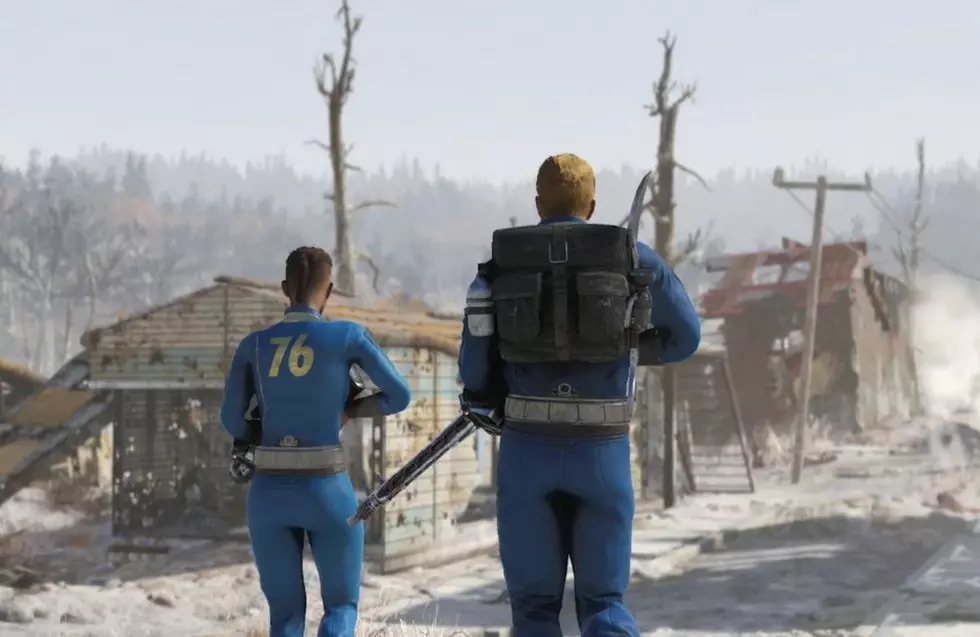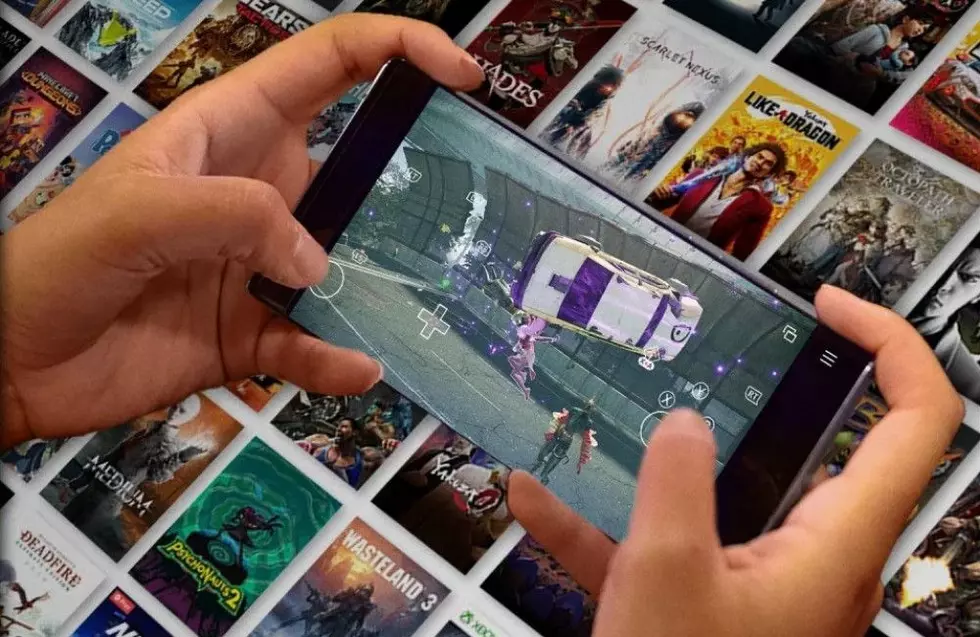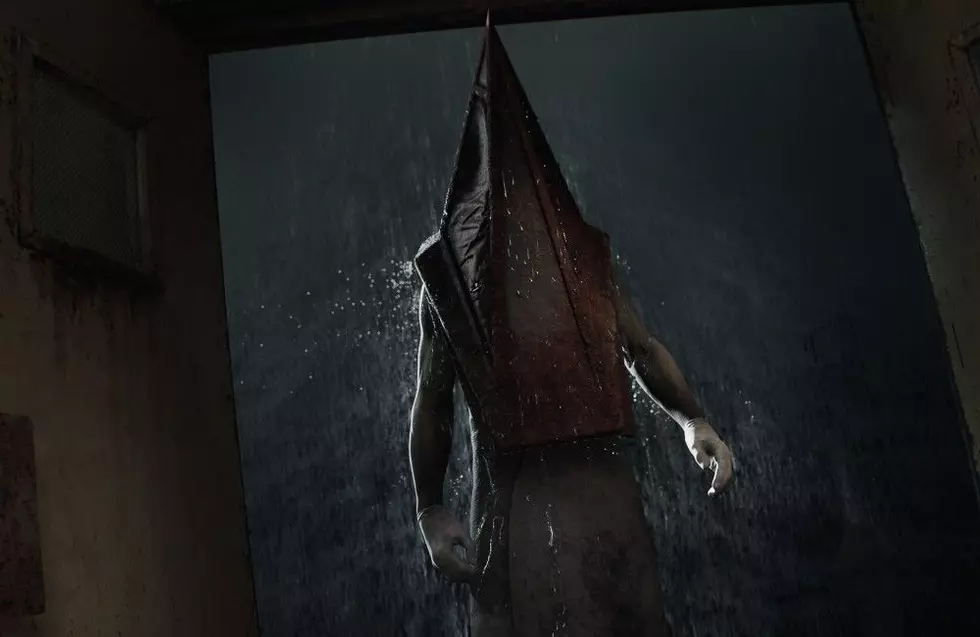
Opinion: We Are Losing Games to History
Gaming is art. Simple as that. It’s a medium that tells stories and evokes emotion, just like television, movies, music, books, paintings, sculptures, plays, and more. It’s about time we stop having this inane argument about whether or not gaming is art and start discussing what art means for gaming. Being an artform actually presents a few unique problems to gaming that other mediums don’t experience. Today, we are going to talk about problems with preserving gaming works of art for later generations.
None of us were around when the Mona Lisa was painted, but that doesn’t mean that we can’t appreciate it. The original painting is still here, and replications of it can be found in museums around the world. Similarly, none of us were around when Shakespeare wrote and first performed his classic plays, nor were we alive when Mozart and Beethoven first started composing. Yet people still go to see Shakespearian plays and listen to classical music.
However, we aren’t so lucky in the gaming world. First of all, gaming has to be experienced with a specific piece of technology. Playing an NES game requires an NES, for example. As time goes on, those pieces of technology become harder and harder to come by. Nintendo has stopped producing NESes, and finding one on eBay for a reasonable amount is difficult. Eventually, we simply won’t have the technology left available to enjoy classic gaming works of art.
Sure, computers can run emulators that produce reasonable facsimiles of the original game, but it’s not quite the same. Sound and video are always slightly different on emulators, and they don’t come with the original boxy NES controller. Not only that, but the imperfections of the game like the screen flicker, sound cutting out, and even blowing in the cartridge to get it to work can be considered part of the artwork, and you won’t experience those with an emulator either. It’s never quite the same.
Even worse, as gaming gets more and more complex, the technology needed to play it becomes harder and harder to re-create. Look at World of Warcraft. It’s obviously one of the most influential games of our time and certainly deserves to be preserved as a work of art. But, how will we manage to do that?
The very nature of World of Warcraft as an MMO requires remote servers to run the game, and multiple people to interact with it. 40 years from now the WoW servers will long be shut off and while we may be able to salvage the code of the game, gamers of that generation will never know what forming a guild and taking on a raid or instance will be like. The social aspect, which is arguably the game itself, will be nearly impossible to replicate. The WoW experience will be forever lost to the ages, unable to be appreciated by gamers of the future.
In fact, we have already seen this happen in our current gaming generation. Halo 2’s servers, for example, have been shut off. Halo 2 was an incredibly influential shooter and now we will never be able to expose new gamers to what Halo 2’s online was like. That game, or at least a part of it, is now forever lost to history. We can’t appreciate it like we do the Mona Lisa. We can only remember it.
Peripheral based gaming is also encountering this problem. Light guns, for example, no longer work with HD TVs. As old-school CRT TVs go out of production, so will our last chances to play Duck Hunt.
You could argue that other mediums encounter this problem as well. Sure, we can see a Shakespearian play, but we can’t ever see it with its original cast. Sure, we can listen to Mozart via an MP3, but it’s not really Mozart playing.
But the MP3 of Mozart is still a song. Shakespeare in the park is still a play. They hold unmistakable similarities with their original incarnation. Gaming is not so lucky. Is an MMO still an MMO without a community? Is a light-gun game still a light-gun game if the only way to play it is with a mouse and keyboard? These are the questions we will have to answer should we ever want to become serious about preserving gaming for generations to come.
More From Arcade Sushi









